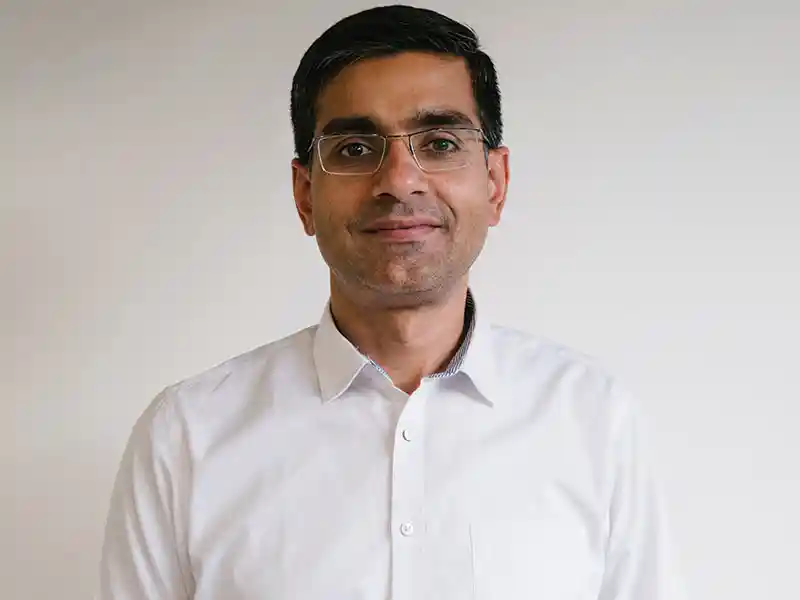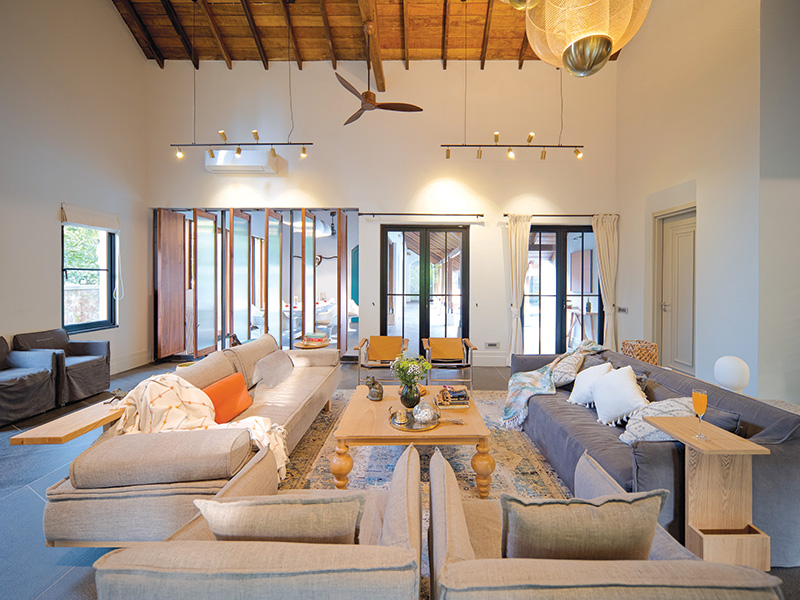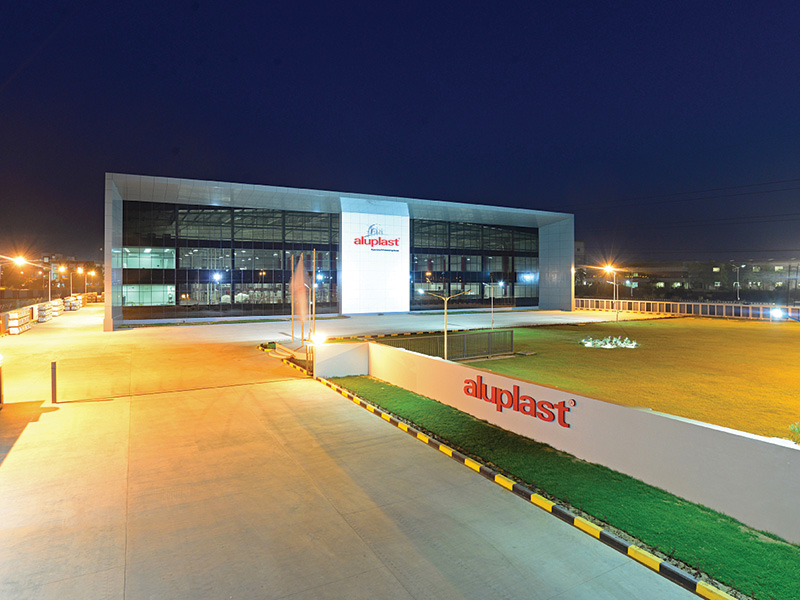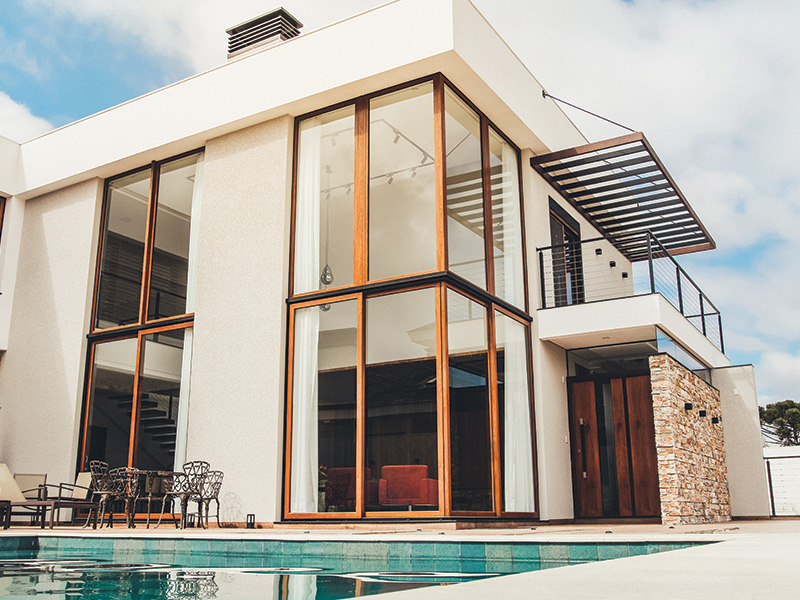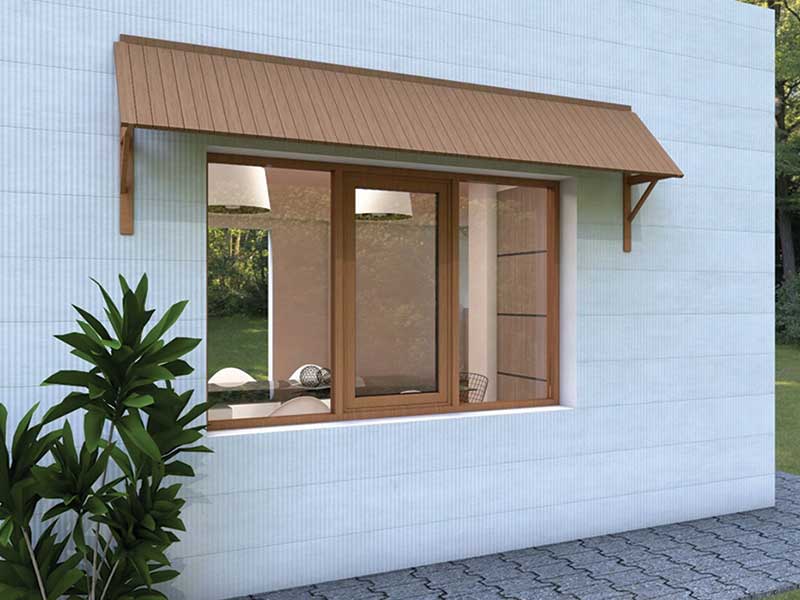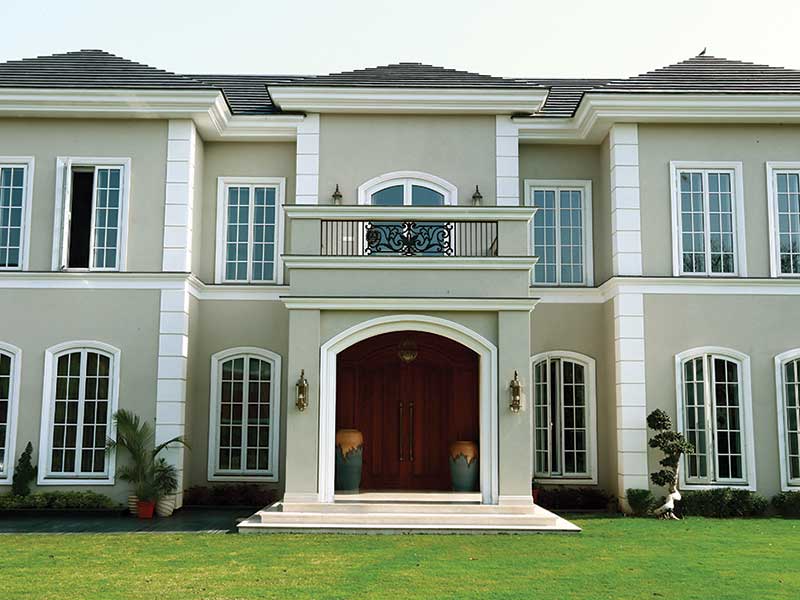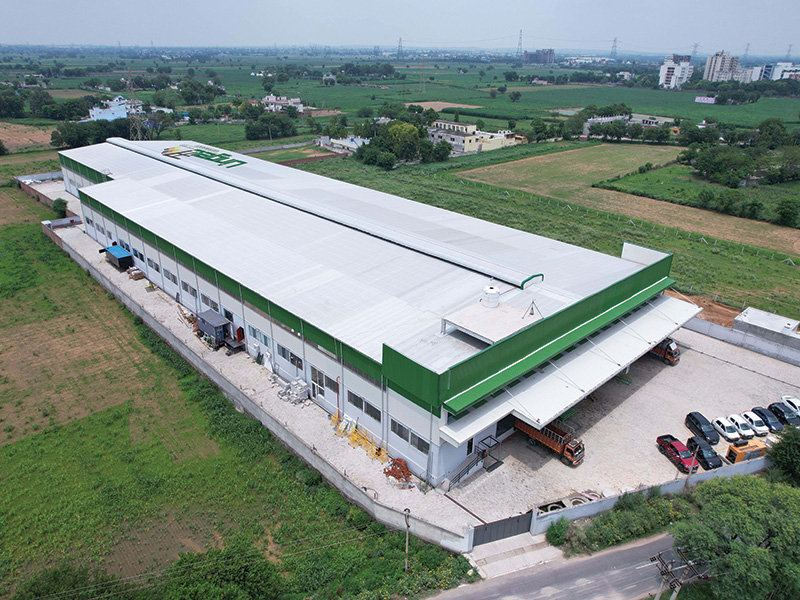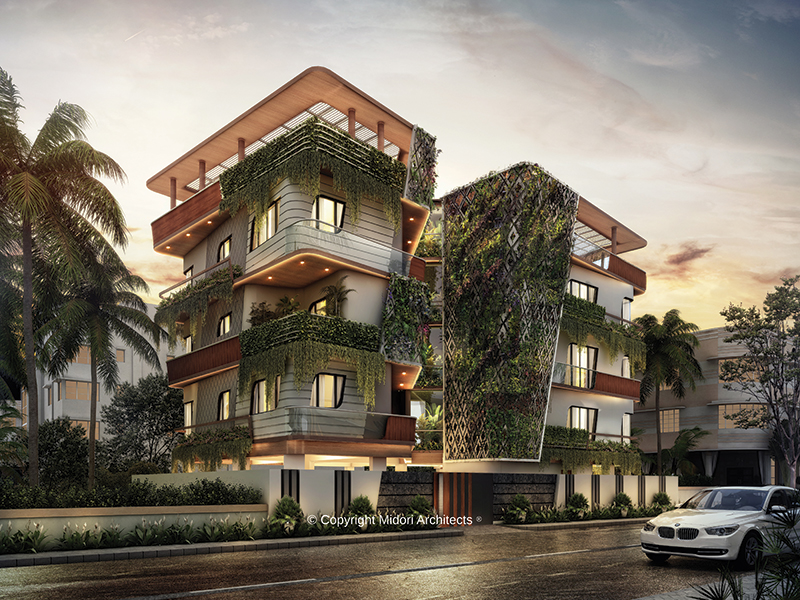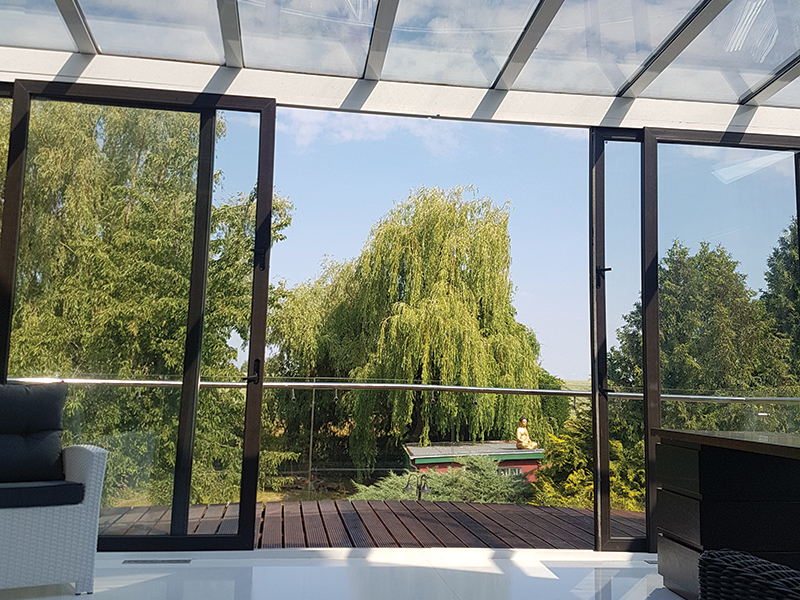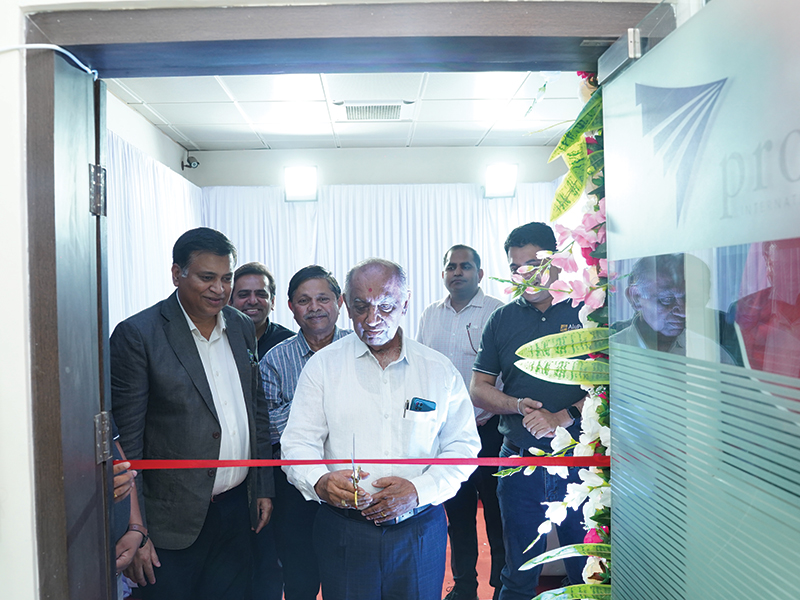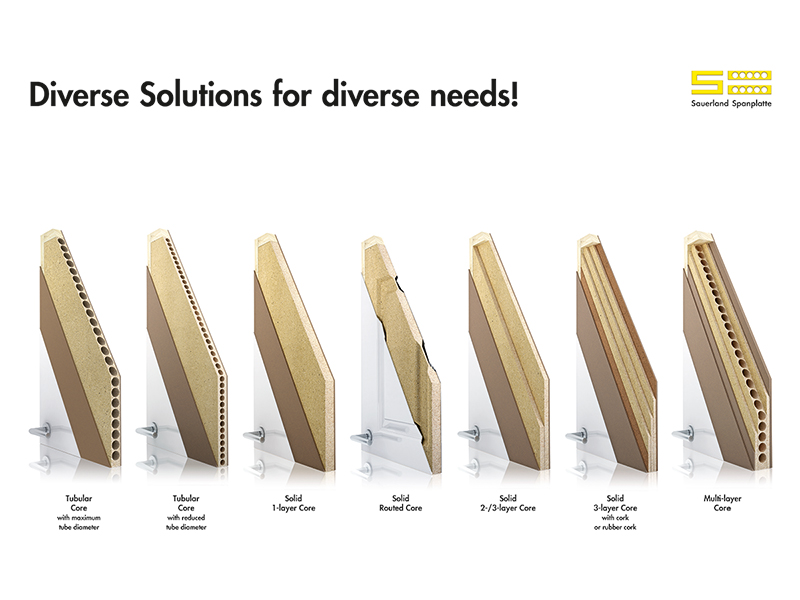Nitin Mehta, Executive Director, ALCOI
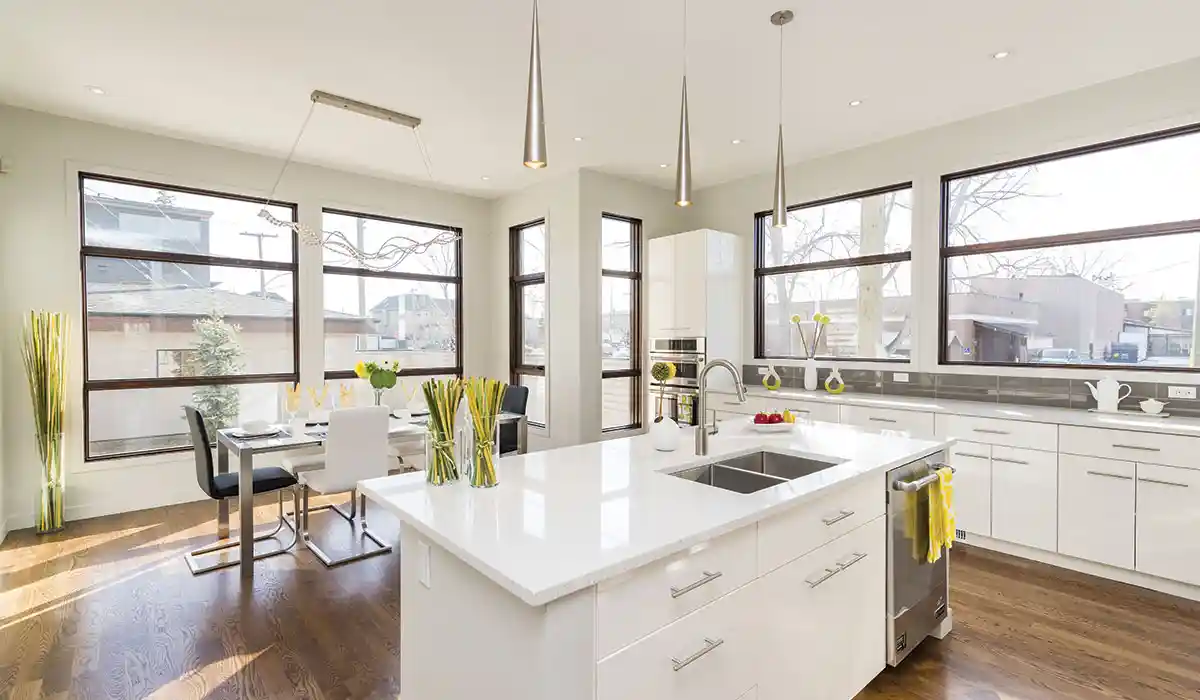
The face of the construction industry is rapidly changing owing to the exponential growth of technology and constantly evolving trends. Parallelly, realising the overall environmental impacts leads us towards a greener direction. This can give us a better understanding of future trends in the fenestration industry.
Foreseen Micro Trends in the Fenestration Industry
Rely on energy analysis as a roadmap to drive fenestration: Conducting a thorough energy analysis prior to embarking on a new project helps with planning and allocating resources for erecting the building. In addition, this analysis helps understand the building’s post-construction energy consumption and ways to optimise the same.
Use environment-friendly materials: One can witness a steady rise in the use of environment-friendly materials across the AEC (Architecture, Engineering, Construction) industry. Manufacturers can support this movement by using biodegradable, recyclable or renewable materials for their products and systems. For example, aluminium and glass, widely used to develop fenestration systems, have excellent recyclable properties.
The aim for net-zero energy: Zero energy refers to the nullification of the net energy consumed by a building by offsetting it through in-house energy generation. Green buildings rely on solar roofs, wind turbines, rainwater harvesting systems, and high-performance fenestration technologies to support their zero-energy mission.
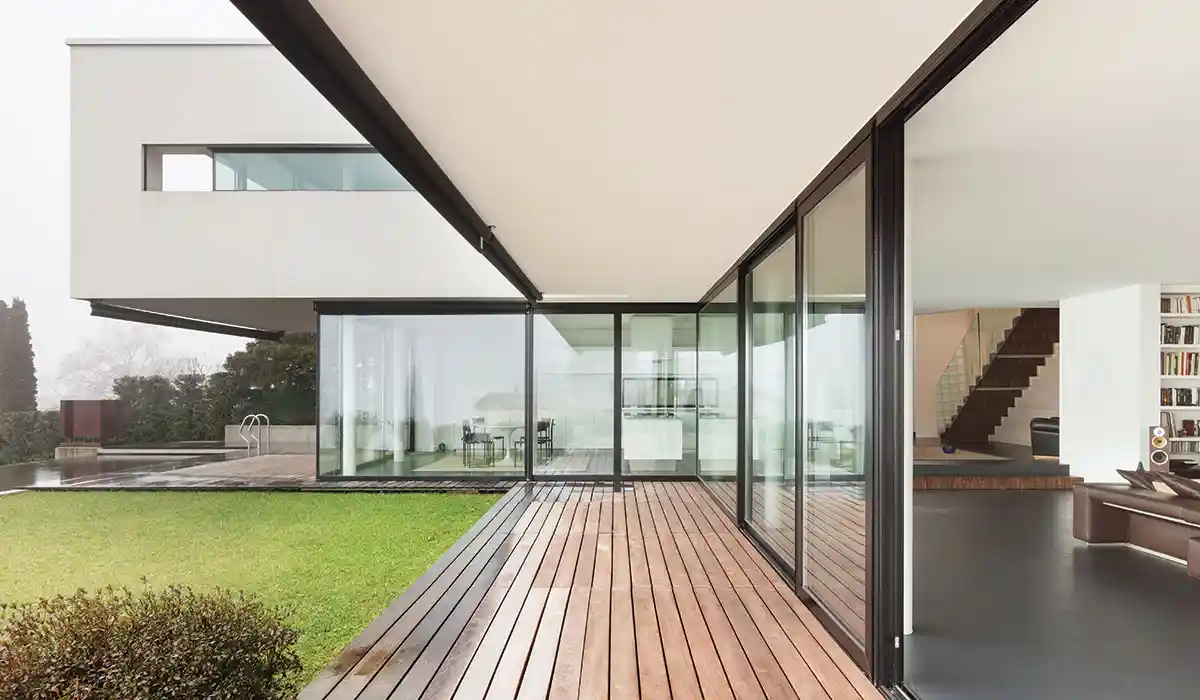
Integration of green buildings with smarter technologies
The Green building is an avenue of the construction sector that investigates developing efficient solutions for today’s challenges. Green buildings are environment-focused, giving the utmost importance to sustainable and eco-friendly practices. Smart buildings, on the other hand, are centred around efficiency and optimising comfort for the user through intelligent, automated processes. Going forward, the union of these two concepts will take place rapidly by incorporating green practices into intelligent systems.
Analysis of a new project helps understand the building’s post-construction energy consumption and ways to optimise it. By utilising renewable energy sources during their operations, stakeholders can move the manufacturing of building goods and materials to a greener area.
Nitin Mehta
The fenestration industry, for example, has made efforts to integrate smart systems like better locking mechanisms and ergonomic designs into energy-efficient windows and facades. These systems are developed based on in-depth calculations, which results in high performance.
Intelligent and effective cladding systems
Intelligent facade detailing with responsive and reactive surfaces allows for the design and implementation of several options. The latest developments in designing sustainable structures are Kinetic surfaces with mechanical/electrical designs.
Surfaces created using computational analysis in digital software allow for the moulding of numerous materials in accordance with regional climate conditions. As a result, cladding and surface textures are simple to implement. However, they might not be economical. The intention of designing and implementing such a surface contributes to creating interactive and intelligent surfaces with a lot of potential. These materials are executed in precise formats to react to the surroundings.
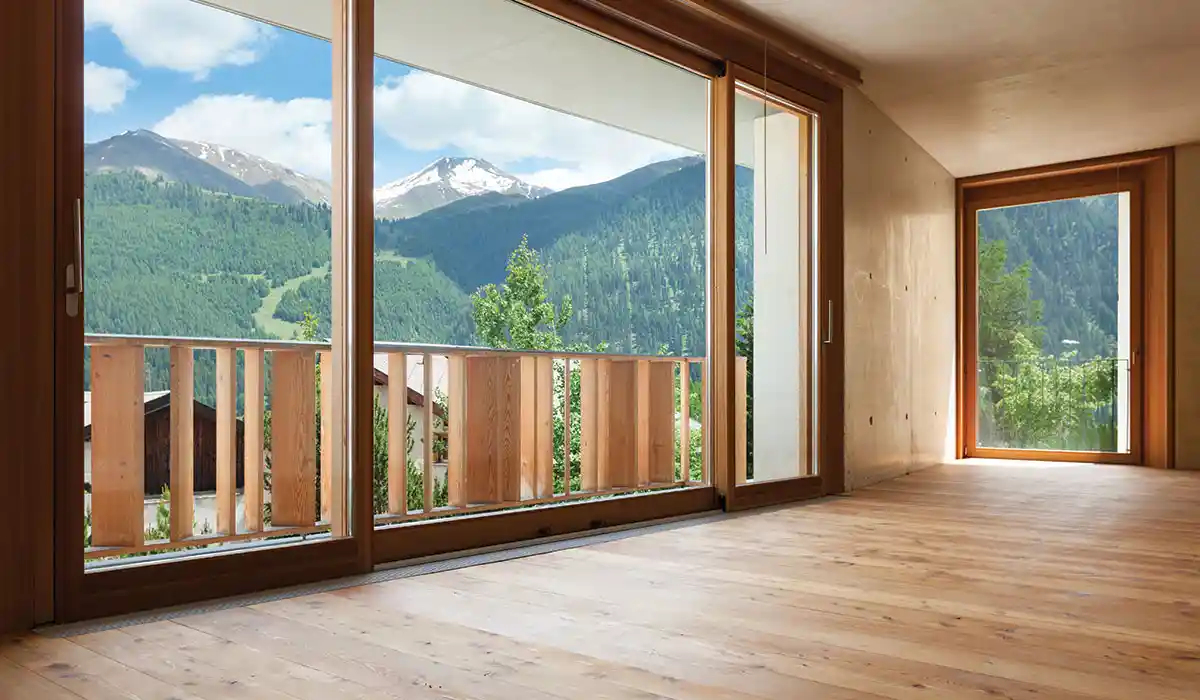
Understanding the implications of ‘green trends’
Going green currently requires a higher upfront cost than using traditional construction techniques. Making these resources more available through green building techniques can go a long way toward resolving this issue. The long-term operating cost benefits of green building practices have been demonstrated by significant research. This initial investment ultimately offsets the expenditure invested in the beginning. Lower system maintenance and less dependency on active systems like water, power, and human resources lead to lower operating costs.
Leaning on renewable energy in this revolution
Although the passive building design is a great place to start when addressing the built environment, it seems insufficient on its own in today’s hybrid world. Renewable energy sources must be included in buildings from the planning stage through the construction and post-construction phases. Additionally, the construction sector has to think about utilising sustainable energy sources. By utilising renewable energy sources during their operations, stakeholders can move the manufacturing of goods like fenestration, furniture, construction equipment, and other building materials to a greener area.
Embracing cost-effectiveness in the long run
Going green can seem daunting considering the finances for budget homes and other spatial projects. However, one can lower these costs for small-scale projects by integrating passive design techniques such as using vernacular building materials and methods and designing climate-responsive spaces. In addition, many active technologies are accessible at a feasible cost for energy-efficient windows and facades, solar roofs, rainwater harvesting systems and more. While the price for its setup might be higher, these systems account for the difference by paying off in the long term.
Taking these trends forward is a shared responsibility of every stakeholder involved with the building industry. Research and innovation have unveiled the potential that these technologies have to offer; but, going ahead and taking the right course of action is crucial.
